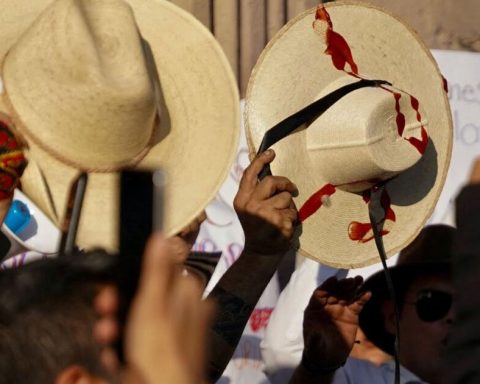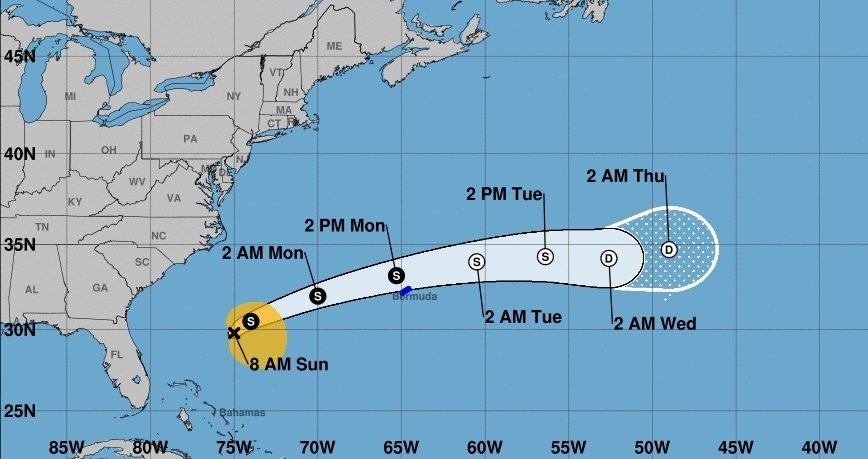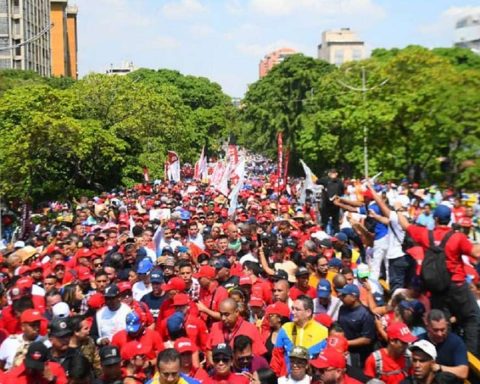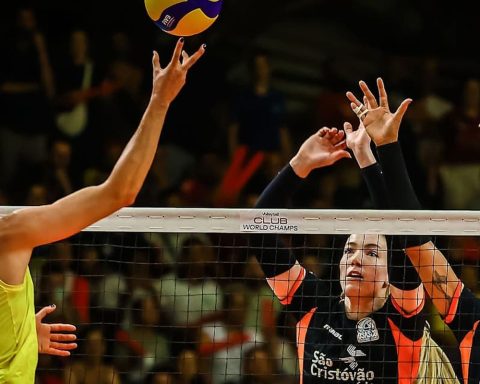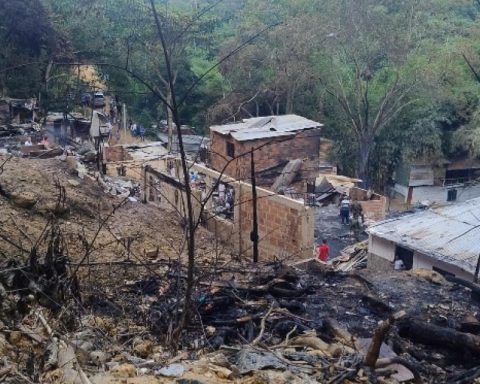Alonso Urrutia
Newspaper La Jornada
Monday, June 6, 2022, p. 7
The electoral day held this Sunday resulted in the alternation of power in four of the entities in dispute, which were won, according to the quick counts prepared by the National Electoral Institute, by Morena: Hidalgo, Oaxaca, Quintana Roo and Tamaulipas. The balance of the Va por México coalition is a setback, the six governorships in dispute were under the administration of some of the parties that make it up (four from the PAN and two from the PRI) and only retained two, Aguascalientes and Durango.
Beyond the coalitions at the partisan level, the PRI was the one that registered the greatest setback by losing the two entities where it governed (Hidalgo and Oaxaca), which were conquered by Morena. The victories obtained yesterday by this party (in Oaxaca and Hidalgo, around 60 percent of the vote) allow it to consolidate itself as the first political force with 20 governorships ahead of the 2024 elections, in addition to those of its allies from the PES and the Green. , in Morelos and SLP, respectively.
Emerged only in 2014, with his triumphs in Oaxaca and Quintana Roo, practically the entire southeast, with the exception of Yucatan, is under his control, regardless of the fact that he has a majority in more than twenty local congresses, which favors the implementation of public politics.
Meanwhile, the balance of the alliance for the PAN only gave him the possibility of retaining, in coalition, two of the four governorships he held, including Durango, where he nominated the PRI Esteban Villegas. Despite the victory in Aguascalientes, on the national scene the Blue and Whites are at the lowest levels in their recent history with only six entities under his administration and a significant setback under the management of Marko Cortés at the head of the match.
Collapse tricolor
The electoral results of this Sunday confirmed the tricolor debacle that has been registered in recent years. If in 2012, when with the presidential candidacy of Enrique Peña Nieto, the PRI returned to the federal government, it did so accompanied by a consistent electoral presence at the state level, since in that year the tricolor governed practically half of the country.
Just a decade ago, the PRI held 15 governorships: Aguascalientes, Chihuahua, Coahuila, Colima, Hidalgo, State of Mexico, Nuevo León, Querétaro, Quintana Roo, San Luis Potosí, Tabasco, Tamaulipas, Veracruz, Yucatán and Zacatecas. Of the PRI governors at the time, three are currently in prison for corruption: César Duarte, Chihuahua; Roberto Borge, Quintana Roo, and Javier Duarte, Veracruz.
During 2023, the country’s electoral map will have been completely reconfigured for the 2024 federal elections and the last two historical strongholds of the PRI will be at stake: the state of Mexico, its largest bastion with 16.9 million inhabitants, and Coahuila . They are the only ones that remain in the style of the old regime: they have never been governed by a party other than the PRI.
In both cases, the 2017 elections were intensely litigated by Morena, who has since accused fraud and an election with high interference from the federal and local governments. They were the last two PRI victories in an election for governor, since then they have lost ten and control in 18 local congresses, which places it in the most fragile electoral situation in its history.


